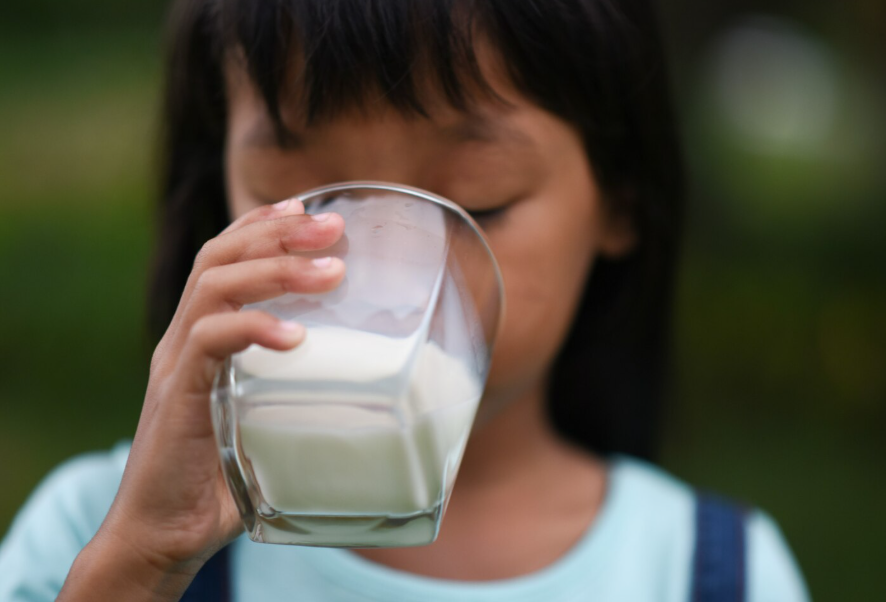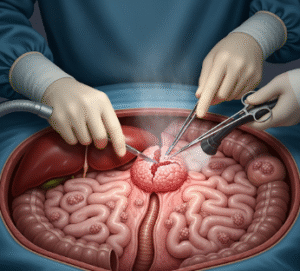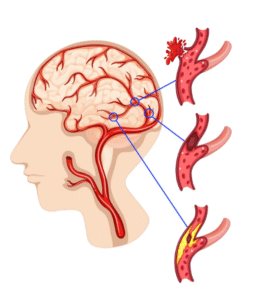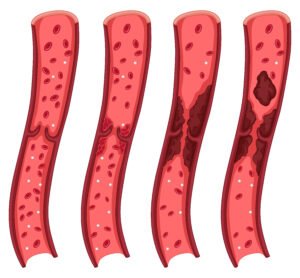Overview
Cow’s milk allergy (CMA) is one of the most common food allergies in infants and young children. It occurs when the immune system reacts abnormally to proteins in cow’s milk. Symptoms can range from mild skin rashes to severe gastrointestinal or respiratory reactions. South Korea provides advanced diagnostic tools, dietary guidance, and allergy management programs for children and adults with CMA.
What is Cow’s Milk Allergy?
CMA is an immune-mediated reaction to one or more proteins in cow’s milk, most commonly casein and whey. Unlike lactose intolerance, which involves digestive difficulties, CMA involves the immune system. It can be IgE-mediated, causing rapid allergic reactions, or non-IgE-mediated, leading to delayed symptoms, often affecting the gastrointestinal tract.
Symptoms
- Skin reactions: Eczema, hives, swelling around lips or eyes
- Gastrointestinal issues: Vomiting, diarrhea, abdominal pain, colic
- Respiratory symptoms: Cough, wheezing, runny nose
- Severe reactions (rare): Anaphylaxis, including difficulty breathing and drop in blood pressure
- Symptoms usually appear shortly after consuming cow’s milk or milk-containing products, though delayed reactions can occur in non-IgE-mediated cases
Causes
- Immune system overreaction to cow’s milk proteins
- Genetic predisposition to allergies
- Early introduction of cow’s milk before 12 months of age may increase risk
Risk Factors
- Family history of allergies (asthma, eczema, allergic rhinitis)
- Personal history of other food allergies
- Atopic dermatitis in infancy
- Male gender (slightly higher prevalence in infants)
Complications
- Nutritional deficiencies if milk and dairy are avoided without proper substitutes
- Growth delays in severe cases
- Increased risk of developing other allergic conditions, such as asthma or hay fever
- Severe allergic reactions (anaphylaxis)
Prevention
- Exclusive breastfeeding for the first 4–6 months
- Gradual introduction of cow’s milk after 12 months if no risk factors
- Avoidance of cow’s milk in children with diagnosed CMA
- Monitoring and early management of allergic reactions
Treatment Options in Korea
South Korea provides comprehensive care for CMA, including diagnosis, dietary management, and emergency treatment:
- Diagnosis
- Skin prick tests or serum-specific IgE tests
- Oral food challenge under medical supervision
- Detailed dietary and symptom history
- Dietary Management
- Elimination of cow’s milk and dairy products
- Use of hypoallergenic formulas (extensively hydrolyzed or amino acid-based)
- Nutritionist-guided plans to ensure adequate calcium and vitamin intake
- Medications
- Antihistamines for mild allergic reactions
- Epinephrine auto-injector for severe reactions (anaphylaxis)
- Corticosteroids for severe inflammatory responses
- Monitoring and Follow-Up
- Regular allergy testing to assess tolerance development
- Nutritional assessments to prevent deficiencies
- Guidance on reading food labels and avoiding hidden milk proteins
- Emergency Care
- Hospitals in South Korea are equipped to manage anaphylactic reactions
- Pediatric emergency departments provide rapid interventions, including epinephrine administration and respiratory support













